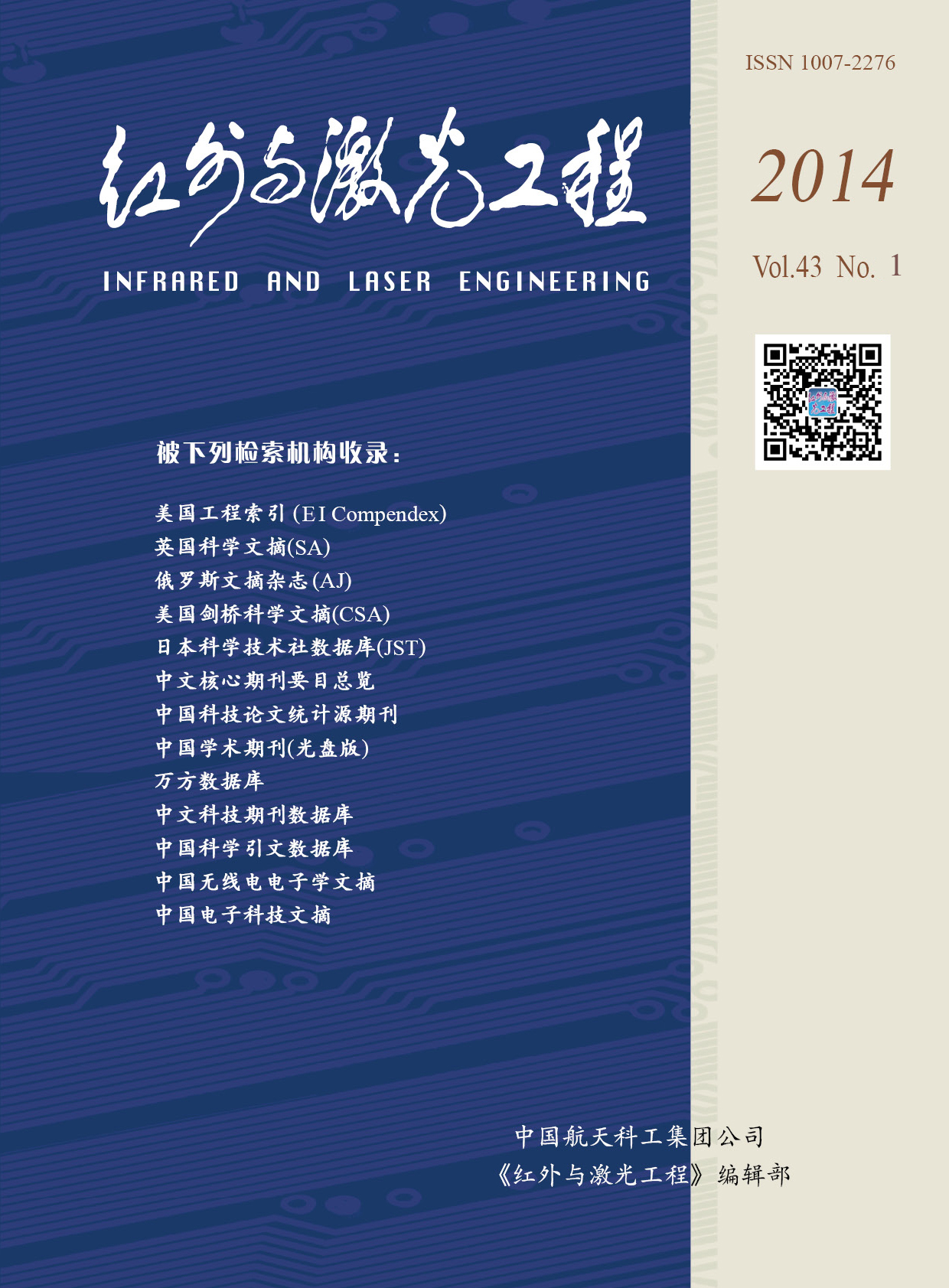Pu Hanye, Wang Bin, Zhang Liming. New dimensionality reduction algorithms for hyperspectral imagery based on manifold learning[J]. Infrared and Laser Engineering, 2014, 43(1): 232-237.
| Citation:
|
Pu Hanye, Wang Bin, Zhang Liming. New dimensionality reduction algorithms for hyperspectral imagery based on manifold learning[J]. Infrared and Laser Engineering, 2014, 43(1): 232-237.
|
New dimensionality reduction algorithms for hyperspectral imagery based on manifold learning
- 1.
Department of Electronic Engineering,Fudan University,Shanghai 200433,China;
- 2.
Key Laboratory of Information Science of Electromagnetic Waves(MoE,Fudan University,Shanghai 200433,China
- Received Date: 2013-05-11
- Rev Recd Date:
2013-06-13
- Publish Date:
2014-01-25
-
Abstract
A new neighborhood selection method was proposed based on the image patch distance and applied to the manifold learning. Thus, a new nonlinear methods for hyperspectral dimensionality reduction was obtained. Considering the physical characters of hyperspectral imagery, the proposed methods combined both spectral and spatial information and, thus, kept the original characters of dataset well with the less loss in the useful information and less distortion on the data structure. Compared with other dimensionality reduction methods for hyperspectral imagery, the proposed methods can reserve effectively the spatial relationships between observation pixels in hyperspectral imagery after transformation. Meanwhile, the proposed methods can discard efficiently the redundant information of original data sets along both spectral and spatial dimensions. Experimental results on real hyperspectral data demonstrate that the proposed methods have higher classification accuracy than the other methods when applied to the classification of hyperspectral imagery after dimensionality reduction.
-
References
|
[1]
|
Chang C I. Hyperspectral Imaging: Techniques for Spectral Detection and Classification [M]. New York: Plenum, 2003. |
|
[2]
|
|
|
[3]
|
|
|
[4]
|
Lin Yurong, Wang Qiang. Hyperspectral image classification based on adaptive weight coefficient based on kernel method[J]. Infrared and Laser Engineering, 2011, 40(12): 2535- 2539. (in Chinese) 林玉荣, 王强. 基于自适应权系数核方法的超光谱图像分 类[J]. 红外与激光工程, 2011, 40 (12): 2535-2539. |
|
[5]
|
|
|
[6]
|
Jolliffe L.T. Principal Component Analysis[M]. 2nd ed. New York: Springer, 2002. |
|
[7]
|
|
|
[8]
|
Sam T R, Lawrence K S. Nonlinear dimensionality reduction by locally linear embedding [J]. Science, 2000, 290 (5500): 2323-2326. |
|
[9]
|
|
|
[10]
|
Tenenbaum J B, De Silva V, Langford J C. A global geometric framework for nonlinear dimensionality reduction[J]. Science, 2000, 290(5500): 2319-2323. |
|
[11]
|
|
|
[12]
|
Bachmann C M, Ainsworth T L, Fusina R A. Exploiting manifold geometry in hyperspectral imagery [J]. IEEE Trans Geosci Remote Sens, 2005, 43(3): 441-454. |
|
[13]
|
|
|
[14]
|
Wei Feng, He Mingyi, Mei Shaohui. Hyperspectral data feature extraction using spatial coherence based neighborhood preserving embedding [J]. Infrared and Laser Engineering, 2012, 41(5): 1249-1254. (in Chinese) 魏峰, 何明一, 梅少辉. 空间一致性邻域保留嵌入的高光谱 数据特征提取[J]. 红外与激光工程, 2012, 41(5): 1249-1254. |
|
[15]
|
Cover T, Hart P. Nearest neighbor pattern classification [J]. IEEE Trans on Inf Theory, 1967, 13(1): 21-27. |
|
[16]
|
|
|
[17]
|
Melgani F, Bruzzone L. Classification of hyperspectral remote sensing images with support vector machines[J]. IEEE Trans on Geosci Remote Sens, 2004, 42(8): 1778-1790. |
|
[18]
|
|
|
[19]
|
Chang C I, Du Q. Estimation of number of spectrally distinct signal sources in hyperspectral imagery [J]. IEEE Trans Geosci Remote Sens, 2004, 42(3): 608-619. |
-
-
Proportional views

-









 DownLoad:
DownLoad: